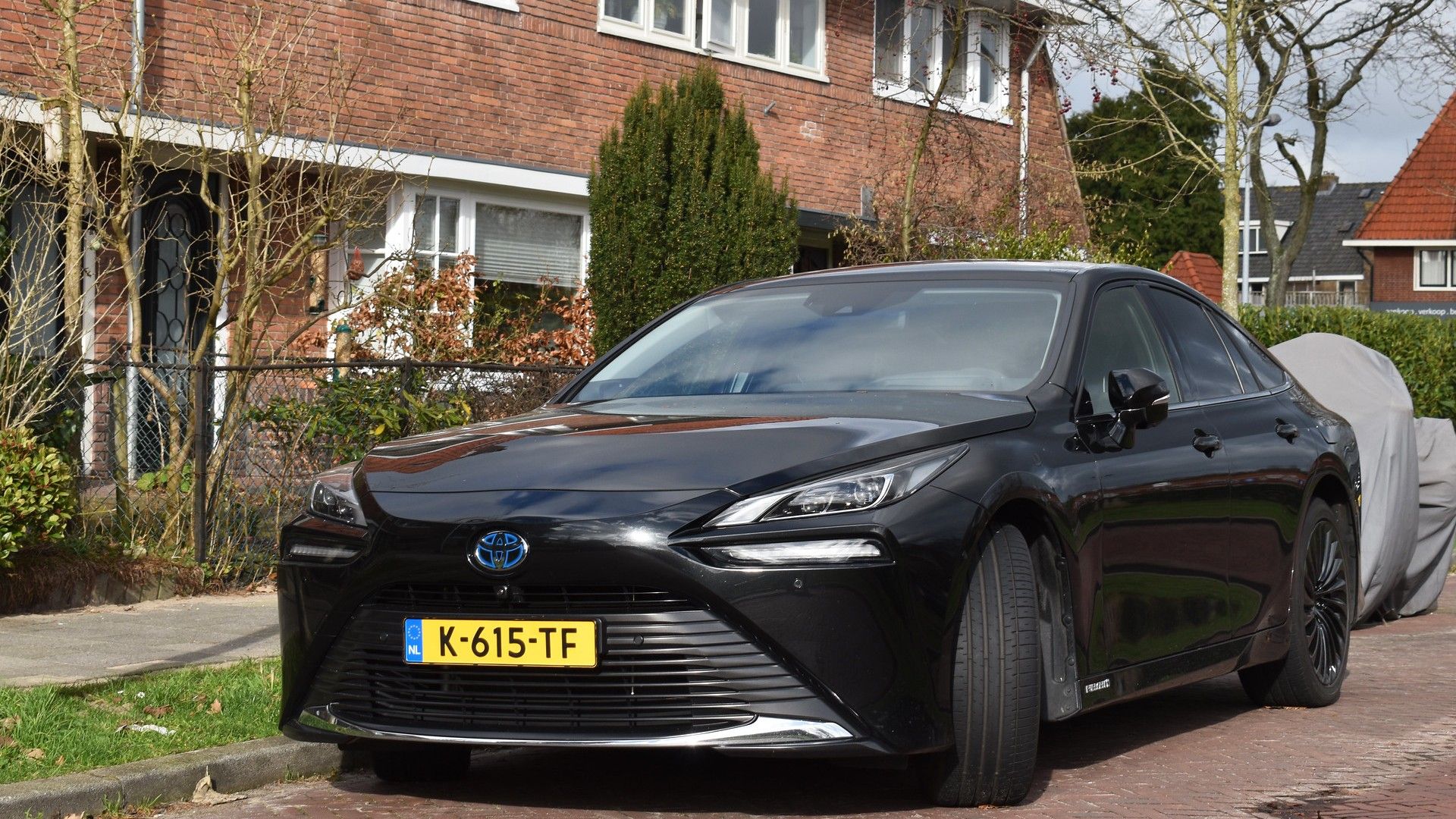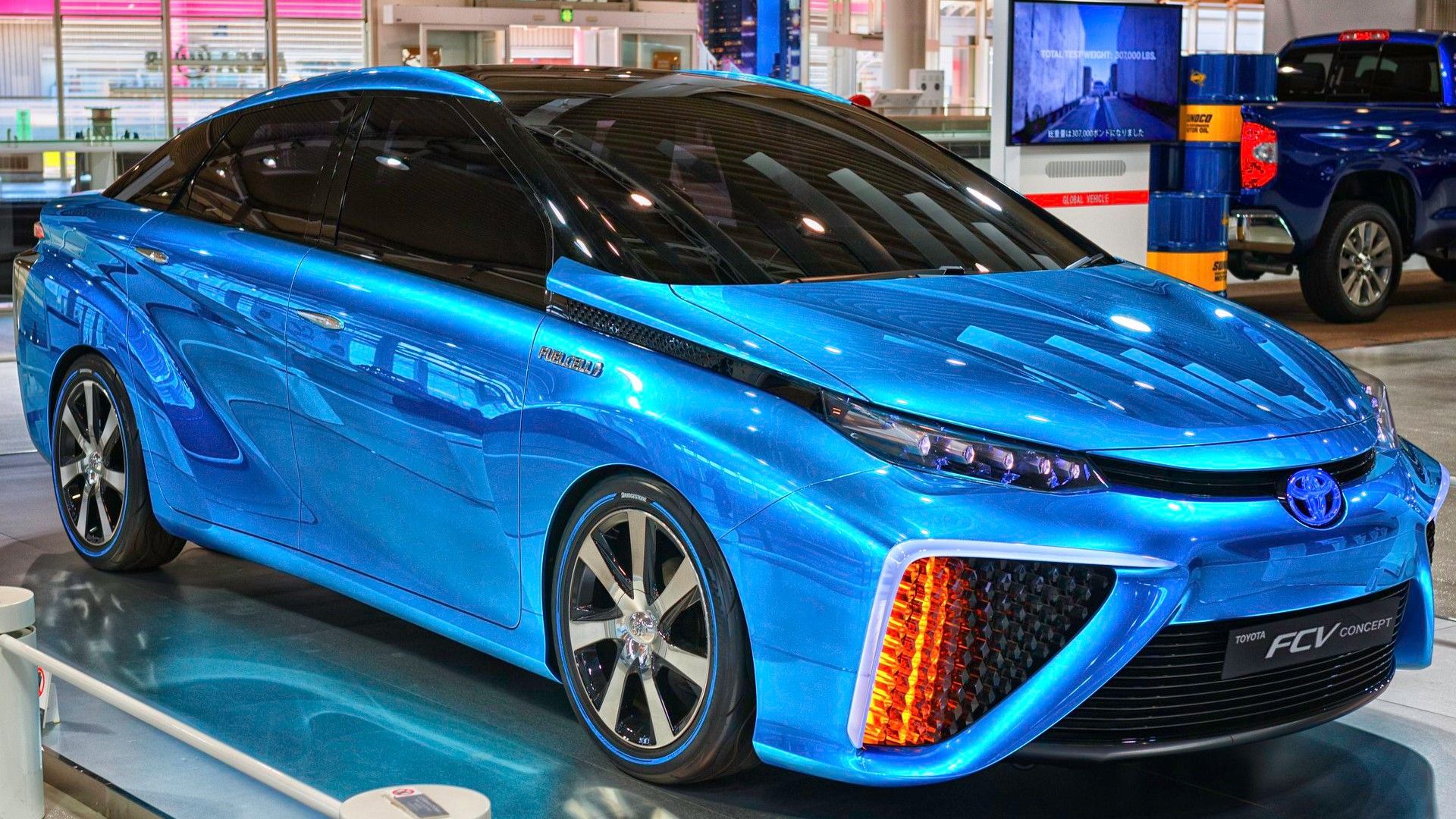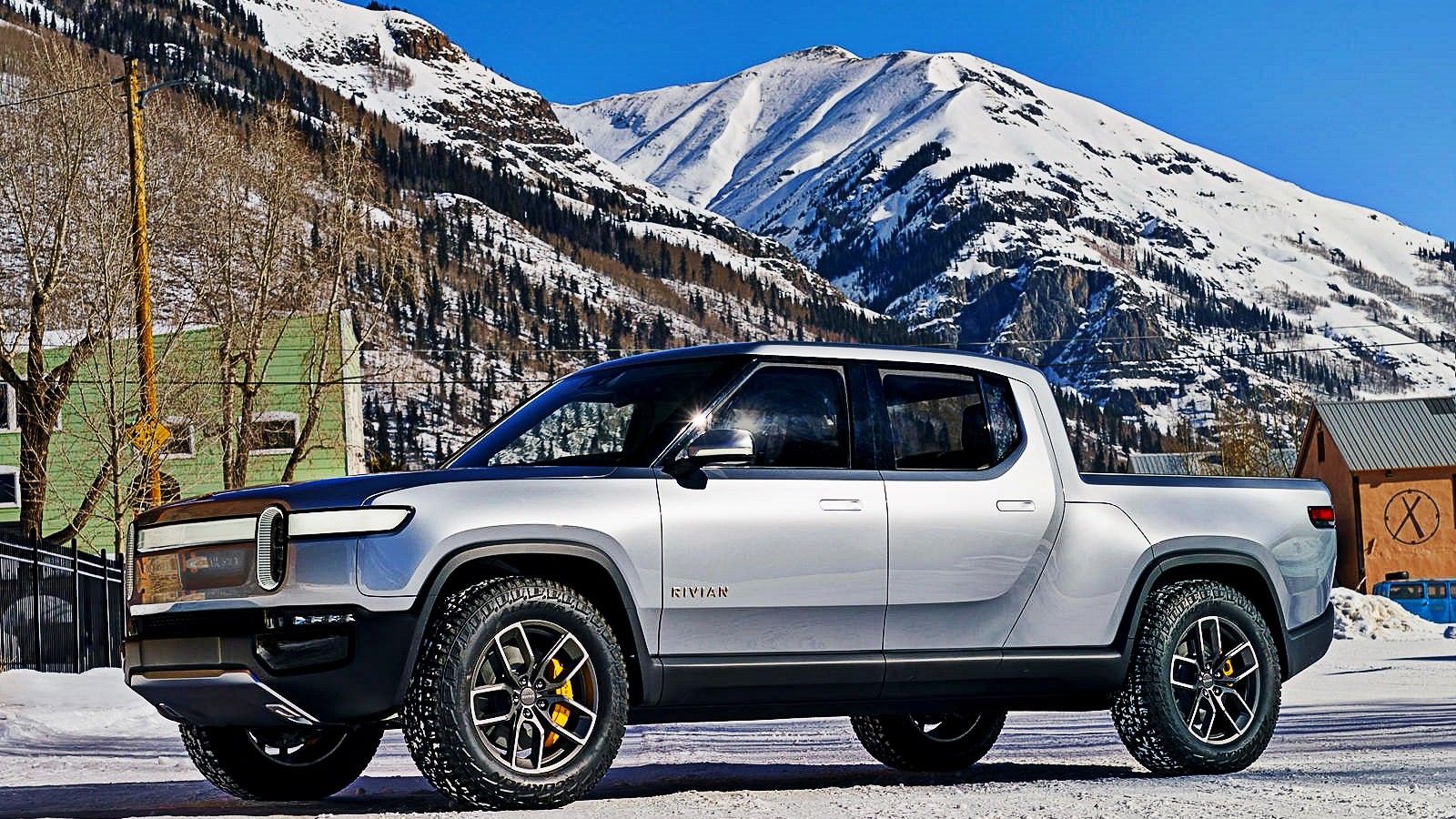Hydrogen Fuel Cell Vehicles (HFCVs) are not well known within the U.S., but this technology is being developed and invested in in Germany and Asia with promising results. HFCV is an up-and-coming technology that provides more options for greener mobility. We see different models of Electric Vehicles (EVs) and HFCVs hit the market. From the HFC Toyota Mirai, which accounts for most of the HFCVs on the road in North America today, to the different EV SUVs and trucks, more people are joining the green revolution.
Comparing Electric Vehicles And Hydrogen Fuel Cell Vehicles
Electric Vehicles (EVs) have a battery instead of a gasoline tank which powers the electric motor that takes the place of a traditional combustion engine. EVs produce no emissions if the external electricity they need to refuel is sourced from a renewable resource. Electricity, when sourced from plants using fossil fuels instead of renewable resources, still produces pollution. Both EVs or HFCVs are both carbon-neutral, but the HFCV provides the possibility for our mobility to be fueled using a regenerative source, meaning that it gives back to the planet more than it depletes.
The biggest difference between the Hydrogen Fuel Cell Vehicle and the Battery Electric Vehicle is that the HFCV provides the electricity for itself, while the BEV is charged using an external power source. The HFCV uses the fuel cell to create its electricity onboard using hydrogen and oxygen and releasing water vapor as emissions. Fuel cell technology uses a process called reverse electrolysis to generate electricity. The hydrogen is provided by one or more tanks built within the system and the oxygen is taken in from the surrounding atmosphere. The power generated from this process then either powers the engine directly or is stored within the battery for future use.
Hydrogen Fuel Cell Vehicles Have A Lot Of Benefits
There are two perspectives needed when looking at any form of greener technology: the consumer and the planet. The person needs to have a product that works well and is easy to enjoy, and the earth needs to stop bearing the brunt of human decisions. The biggest factor in favor of HFCVs is that their emissions consist of water vapor instead of toxic emissions. This is huge in a world that is surrounded by a desperate need to reduce global emissions. The ability to use hydrogen as a fuel source allows scientists to toy with the idea of regenerative mobility, which far surpasses the idea of sustainability. Another quality feature of fuel cell technology is that there is no charging or fossil fuel intake, the power is created by the vehicle itself. The HFCV takes approximately five minutes to recharge, according to BMW, which is a game changer to many debating the switch between a normal fuel-up vehicle and a greener option.
In contrast to the BEV, the HFCV has a longer-range capacity. HFCVs last around 300 miles, or 480 kilometers, which is double most basic BEVs. Some BEVs can match this distance, but this comes at the cost of a larger battery pack and longer charge time. Compared to BEVs, HFCVs work in all climates, as their ability to function is not dictated by temperature. This makes greener options much more pragmatic for many more areas of the world, as BEVs do not work well in the cold, sometimes halving their capacity. Hydrogen is the 'fuel' needed to be refilled by the consumer, and a by-product of many industrial processes. Usually, it is wasted meaning the HFCV could source this waste and create a regenerative cycle of sustainable mobility. This changes the model of mobility from being depleting and harmful to a closed-loop, no-waste mentality.
Why HFCVs Aren't The Popular Choice?
Unfortunately, the biggest roadblock in the way of HFCVs lies within the infrastructure. The infrastructure isn't anywhere near the development of electric vehicles in North America. This lack of development keeps it in research laboratories further testing possible solutions to tackle the global emission crisis and the future of regenerative mobility. BMW states that at the end of 2019, the entire USA had only 40 hydrogen fuel stations available to the public, compared to 80 in Germany.
The other obstacle for these vehicles is the large price tag. A mid-level HFCV starts out over $60,000, double of what someone would pay for a Hybrid Battery Electric Vehicle (HBEV) and BEV. This costly price tag is because of the costly metal platinum, a needed catalyst for power generation. Another reason is because of the cost of hydrogen. One pound of hydrogen at present can run an HFCV for approximately 28 miles. At the time of BMW's publication, a pound of hydrogen sold for $14 in the U.S., versus $4.80 (approximately) in Germany. This makes it nearly thrice as expensive as an electric vehicle.
Electrification Is Inevitable, And For A Good Reason
There are many affordable BEVs and the cost benefits improve after applying different tax credits. A large component that keeps the BEV affordable is the virtually nonexistent maintenance, which is a huge bonus in savings, energy, and stress levels. There are no spark plugs to be replaced, belts to be tuned, or oil to be changed. A BEV is very efficient, beating the HFCV by half due to the electrolysis losses in powering an HFCV.
The performance and power delivery of BEVs are incredibly impressive due to the amount of power that the BEV can produce even at low RPM. Car and Driver tested an electric pickup truck that weighed more than 7,000 pounds go 0-60 in less than three seconds. The performance BEVs provide feels almost as good as the gas savings. Fuel efficiency for BEVs is Mile Per Gallon Equivalent (MPGe), and the U.S. Department of Energy rates the 2021 Tesla Model 3 to have a combined 142 MPGe.
Pure Electric Vehicles Aren't As Efficient As ICEs Yet
Although the grand success of BEVs and PHEVs lands them a sure foot in the market and in the lowering of global emissions, there are a few bid hurdles they have to overcome. Temperature-caused issues are a big hurdle for BEVs. In freezing temperatures, the battery of the BEV can be severely damaged at worst and at best is lessened in range and charge ability. BEVs have poor range, which is halved during intense temperatures. Car and Driver tested the Tesla Model 3 by using all the heating elements within the car and produced a significant amount of heat within the battery which reduced the total range by 60 miles.
Another large hurdle is the need for a better-developed recycling system for the lithium-ion batteries used in EVs. The market is in a curious stage. Every day, more people want greener options, but the market isn't so large that investors want to support development. There are ideas of reusing old batteries unfit for vehicles in solar arrays, but these ideas are still relatively limited.
HFCVs Aren't As Mainstream As EVs Yet
2.5 million EVs were purchased as of mid-2022 but only 15,000 hydrogen fuel cell vehicles. The infrastructure for the EV in comparison to the HFCV is much more developed. There are approximately 148,000 charging ports for EVs throughout the USA, compared to the 40 HFCV centers in the USA. This is a stark difference, and a clear example of the investment in infrastructure in the USA in both types of greener technologies.
The future is incredibly bright for the HFCV, as more and more countries continue to enact regulations in hopes of curbing the climate crisis. The water vapor emissions and regenerative opportunity that HFCV provides could be a real contributor to lowering emissions globally and a change in the extreme fluctuation of fuel pricing, as hydrogen could theoretically be produced, cleaned, and sold as fuel in most businesses up and running today. A big contributor to whether or not EVs and HFCVs are truly carbon-neutral lies in whether the manufacturers, plants, and waste management systems use fossil fuels or cause pollution. For fuel cell technology using renewable energy sources when producing hydrogen or finding a way of incorporating regenerative systems for harvesting hydrogen waste will be key. For EVs, the sourcing of renewable electricity and the recycling of materials and lithium-ion batteries will continue to be central issues.







